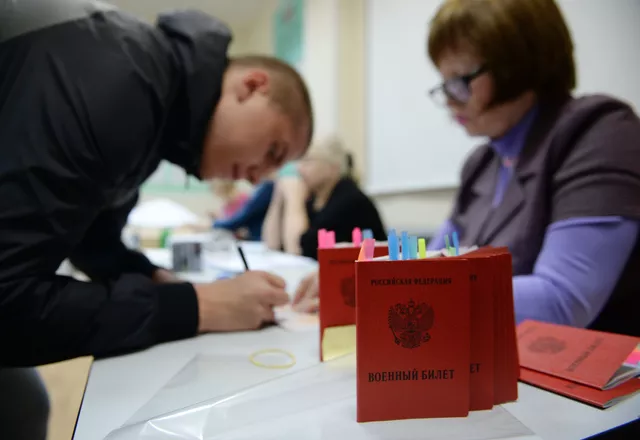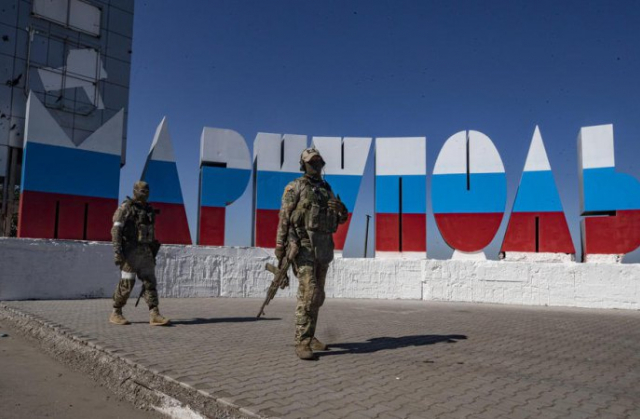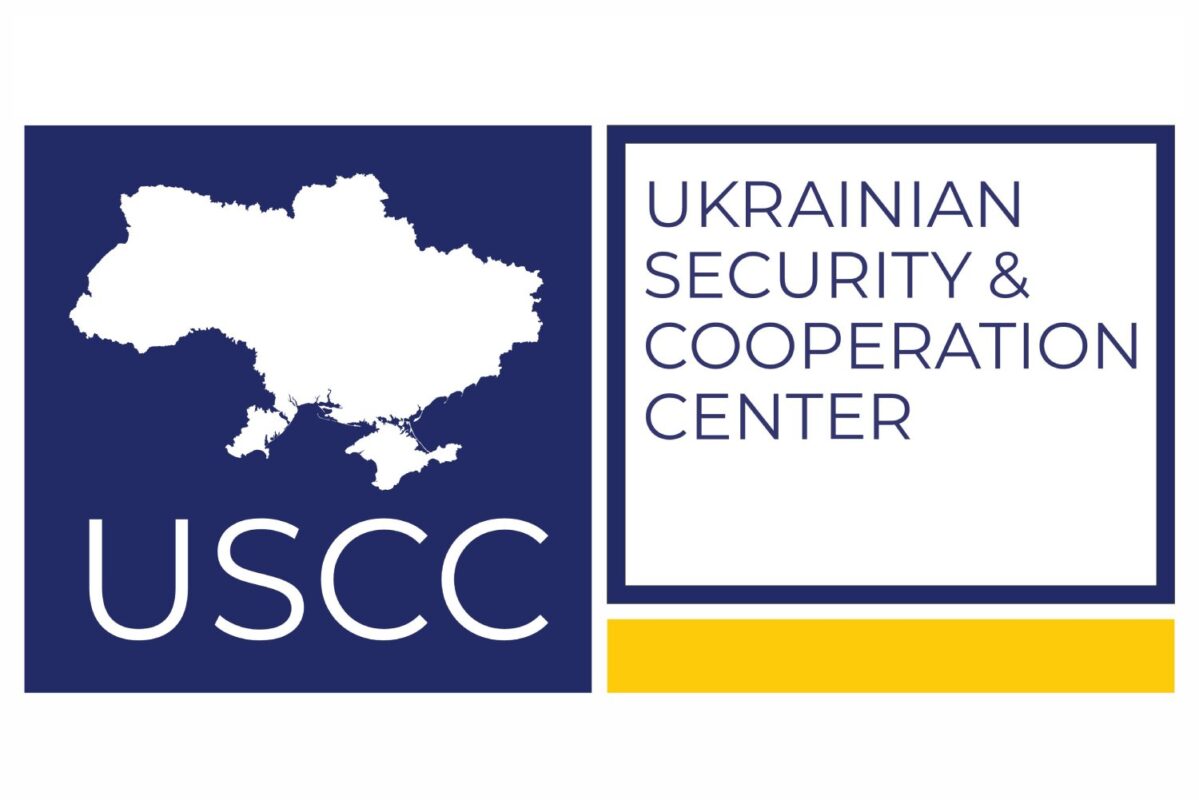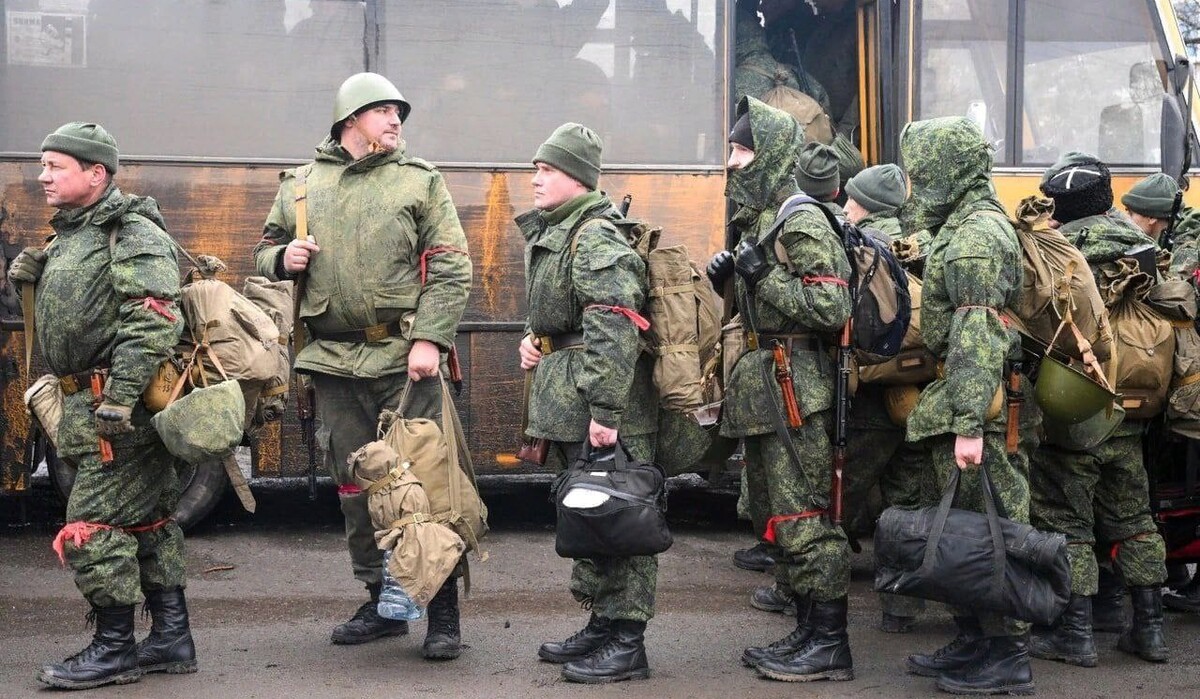Against the backdrop of the adoption of a new draft law on mobilisation in Ukraine, information about conscription and active (albeit hidden) mobilisation to the Russian army in the temporarily occupied territories of Ukraine remains in the shadows, which is an international crime. Kyiv calls on citizens who remain on the TOT to leave as soon as possible, as there is a high probability of forced mobilisation, especially for men who have registered for military service.
On March 31, 2024, Russian dictator Putin signed a decree on the spring conscription of men aged 18-30 for military service. The Kremlin promises that conscripts will not serve in the TOT of Ukraine and will not participate in the so-called “special military operation”.
However, representatives of the Russian authorities have repeatedly failed to keep their promises, especially when it comes to the war in Ukraine. In particular, in the fall of 2022, the so-called governor of the Zaporizhzhia region, collaborator Yevhen Balitsky, assured that there would be no conscription into the Russian army in the occupied part of Zaporizhzhia in the coming years, as there were “agreements with the leadership of the Russian Federation.” However, in the spring of 2024, the occupiers began conscripting Ukrainian youth in the territories seized in 2022. The so-called “authorities” dampen the residents’ discontent with new promises: that conscripts will not be sent to the front.
However, Ukrainian intelligence has recorded many cases where conscripts from the TOT did end up on the front lines, some of whom were lucky enough to be captured by the Ukrainian army.
“As an example: at the beginning of the Russian invasion in 2022, a group of Donetsk students was captured, who were summoned to the deans’ offices of educational institutions in February, and registered as recruits right there. Literally in a week, without any training or equipment, they found themselves on the front line in Zaporizhzhia region,”
Andriy Yusov, a representative of the Defence Intelligence of Ukraine, told USCC.
In general, mobilisation activities in the temporarily occupied parts of Luhansk and Donetsk regions have been ongoing continuously since 2014. At that time, Russia created the “1st Army Corps of the DPR” and the “2nd Army Corps of the LPR” in Donbas, which were fully subordinated to the Russian army. They consisted of about 35 thousand soldiers.

Ongoing mobilisation in Russia. Photo: RIA Novosti
On February 19, 2022, a few days before the full-scale invasion, full mobilisation was announced here, and liability for evasion was imposed (from fines to imprisonment). In 2023, the “corps” were incorporated into the Russian armed forces. According to Ukrainian intelligence, their manning has lost its regional character, as forced mobilisation has effectively “scooped out” all “conditionally fit” men of conscription age. Currently, there is a small number of “reserved” specialists from strategic enterprises who have no one to substitute them, but they will be replaced by specialists from Russia, and Ukrainians will be mobilised.
“In general, the mobilisation potential of the temporarily occupied territories is insignificant. For comparison: Russia plans to recruit up to 385 thousand “recruits” for contract service this year. The “southern district”, to which the 1st and 2nd army corps are subordinated, includes up to 65 thousand. Among them, up to 9,000 came from the occupied territories. But even these plans are highly unlikely to be achieved,”
said Andriy Yusov.
However, the occupation authorities were preparing for the draft in advance. According to Artem Lisogor, head of the Luhansk Regional Military Administration, the so-called “Ministry of Internal Affairs” has been working to establish the actual whereabouts of citizens for the past two years. Ukrainians who do not report to military commissariats are taken there by force. The lack of a Russian passport and citizenship is no longer an obstacle to mobilisation. According to information from April 30, at the entrance to the city of Sievierodonetsk (Luhansk region), the occupiers issue summons to all men.
The absence of Russian citizenship in the temporarily occupied city of Mariupol is not an obstacle to mobilisation under the guise of “conscription” too. That was reported by Petro Andriushchenko, an advisor to the mayor of Mariupol, in a commentary to USCC. According to him, immediately after being drafted, men are offered to sign a contract for payments of 200 thousand rubles with promises not to go to the front. Meanwhile, the so-called authorities are reconciling private and public sector employees with military registration and enlistment offices. From 10 May onwards, once the data is verified, companies will be sent mobilisation tasks.
“The bottom line is that an enterprise is assigned a number of people who must sign a contract with the Russian Defense Ministry. “In case of non-compliance, the company or its officials are arrested on fictitious charges ranging from tax evasion to embezzlement”
said Andriushchenko.
In addition to mobilisation, the occupation authorities are accelerating the Russian identification of the population. This was stated by the head of Zaporizhzhia region Ivan Fedorov. Citizens are required to re-register their real estate and land plots, which cannot be done without a Russian passport and without personal presence in the TOT. But registration of housing is not a guarantee that the enemy will not take it for settlement by the Russian army.
Mobilisation activities continue in Crimea as well. During the period of temporary occupation, Russia mobilised at least 48,000 conscripts from the peninsula. According to the Ukrainian resistance, in early April 2024, the occupiers raided the local population of the Simferopol district, which happened on one of the major Muslim holidays. The goal is obvious – to recruit the most problematic part of the population for Russia, the Crimean Tatars, who do not want to put up with the occupation.
Nevertheless, Russia is actively persuading men on the TOT to sign a contract with the Russian army, especially those vulnerable to this, such as those with debts, loans, problems with the law, or other difficult situations.

Hidden mobilisation on TOT continues/ Photo: EPA/UPG
Mobilisation to the TOT is also an element of psychological pressure
Moscow will continue to intensify mobilisation activities in the temporarily occupied territories of Ukraine. This issue is especially relevant against the backdrop of statements about the Kremlin’s preparations for an offensive in May – June 2024, daily losses of personnel, and desertions.
The DIU has confirmed that over 18,000 soldiers have left the armed forces of the Southern Military District without permission. In addition to the temporarily occupied territories of Ukraine, this district also includes the problematic for Russia republics of Dagestan, Ingushetia, Kabardino-Balkaria, Chechnya and other regions. Most of the deserters are soldiers of the 8th Combined Arms Army, of whom about 10,000 are mobilized and 2,000 are contract soldiers. It is these territories that Russia is constantly using in the fighting in eastern Ukraine. Given the offensive and the higher losses usually incurred by the attacking side, it is clear that the tendency for desertion will increase. This means that the need to replenish personnel will always be relevant as long as the war continues.
However, Russia needs conscription and mobilisation in the TOT not only to fill the army. It is an opportunity for the aggressor to psychologically break people under occupation, to impose its own propaganda, and to take control (in fact, hostage) of an active part of society. This applies not only to the mobilised people themselves but also to their family members. The Ukrainian resistance is seizing the opportunity to use the situation to Ukraine’s advantage. They are recruiting Russian officers and passing information to the Ukrainian army from within the Russian army. There is another way out: surrender to the Armed Forces of Ukraine under the “I Want to Live” project. In particular, the website recorded 1.5 million hits from Crimea alone in March 2024.
One way or another, Russia will replenish its mobilisation potential with the capture of more and more Ukrainian villages and cities. Even despite resistance, Moscow will turn the local population into an army that is not hesitant to send thousands of them on ‘meat assaults’ for a piece of new land.
Full version of the article published for The Telegraph

